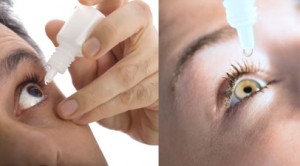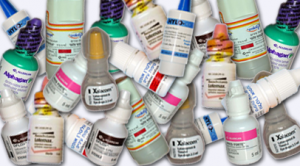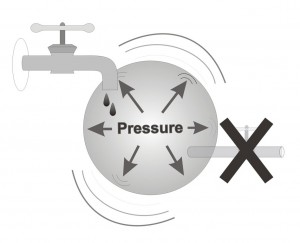These are medications that were widely used in the past, but are almost never used today, due to their side-effects (local side-effects: in the eye, and systemic side-effects: of the body), or as a result of relatively minimal effects on intra-ocular pressure.
Propine and Phospholine Iodide are almost impossible to find at pharmacies, these days, and probably have little or no use in modern glaucoma treatment.
Iopidine is rather similar to Alphagan, except that it has an even higher rate of local allergic reactions (the lids and conjunctiva turn red, swell and become irritating and itchy). Hence it is infrequently used unless in special/rare circumstances.
- Propine
- Iopidine
- Phospholine iodide



